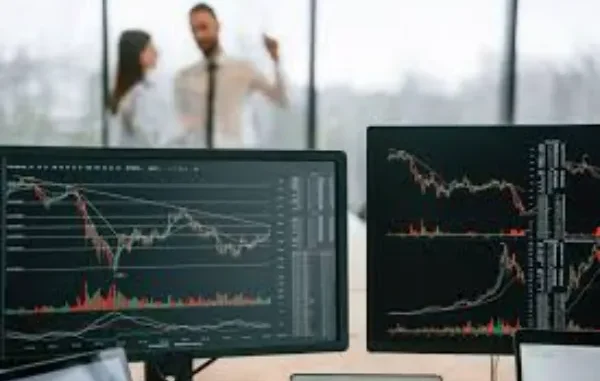
Backtesting is a crucial process when developing trading strategies to test your systems before using them in live markets. It is a process that gives traders confidence to execute their trading strategies and generate profits from financial markets. Let’s get started with the whole process of backtesting and outline the overall steps to take to develop profitable trading strategies in financial trading.
Backtesting explained
Backtesting is checking if the strategy would perform well on historical data. Many advanced trading platforms offer backtesting capabilities, including MetaTrader 4 (MT4), cTrader, and more. These platforms allow traders to check the performance of their automated systems as well, which can be especially useful when developing automated trading robots. The main principles of backtesting on MT4 are simple: traders click on the dedicated button and summon a built-in plugin that tests their strategies on historical data, which can be fully simulated. Backtesting is just one part of developing a profitable trading strategy in Forex and other financial markets.
Backtesting versus forward testing
While traders use backtesting to check their strategy’s viability in historical data, forward testing is to actually trade on a demo account using your strategy. Forward testing is a second phase of strategy development where traders test if their plan is profitable in live market scenarios.
Forward testing can be employed after you define that your strategy is profitable during backtesting.
How to backtest a trading strategy
If you want to test your trading robot, such as Expert Advisors (EAs), you need to use MT4 and MT5 advanced capabilities. If you developed your trading strategy and want to test it manually, then it is a simple process. Here is how to do it:
Step 1. Open a price chart of your preferred trading instrument
First of all, you need to familiarize yourself with any of the advanced platforms. The more popular the platform is, the more brokers will support it. MT4 and MT5 are by far the most popular trading software offered by 99% of Forex brokers. Open a chart for any instrument you wish to backtest strategy for. Open your MT4/MT5 platform and launch any instrument you prefer on full screen.
Step 2. Set candlesticks to your preferred timeframe period
Set a time frame according to your strategy and select candlestick charts. You can also use other types of charts, like bars, but candlesticks are more popular and easily readable.
Step 3. Go back to the chart
Scroll back to at least 30 days before to ensure you can have enough trading setups. It is necessary to collect enough sample sizes, like 30-50 trades, to deduce useful statistical data like win rate, risk-reward, and so on.
Step 4. Start checking trading setups and check if your strategy would hit stop loss or take a profit
Now you can proceed to test your strategy by carefully examining the chart and searching for setups. If you are unable to collect at least 30 trades, go further back and start again.
Forward testing your strategy
If your strategy performed well during backtesting it might indicate the strategy is profitable but it’s not ready yet. Many trading strategies perform well during backtests but fail when used in live markets. This is where demo trading comes in and helps traders check the performance of their strategies in a live environment using virtual cash. If you are using a scalping strategy that makes profits on extremely short price movements, then you need to check your broker’s spreads and trading commissions before using the strategy on a live account. This is because live trading is a little different from demo trading. On a demo account, often spreads and commissions are not charged leading to false expectations which can incur losses.
Key Takeaways
Backtesting allows traders to check their strategy’s performance on historical data.
Traders should backtest their strategies and automated trading systems alike.
Manual testing involves opening a price chart of your preferred instrument and examining historical prices for trading setups.
What comes after backtesting is forward testing on a demo account to check your strategy’s profitability on a demo account.
Demo accounts are not always accurate in depicting real market spreads and commissions and traders should check these specifics with their brokers.
Leave a Reply